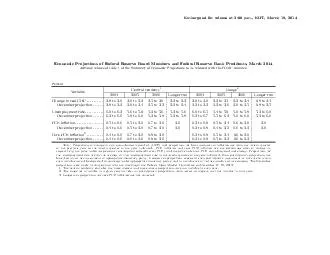PPT-Grade Projections
Author : stefany-barnette | Published Date : 2016-06-25
Ive calculated two grades for everyone Realistic assumes your performance in the course continues the same Optimistic assumes you get maximum scores for the rest
Presentation Embed Code
Download Presentation
Download Presentation The PPT/PDF document "Grade Projections" is the property of its rightful owner. Permission is granted to download and print the materials on this website for personal, non-commercial use only, and to display it on your personal computer provided you do not modify the materials and that you retain all copyright notices contained in the materials. By downloading content from our website, you accept the terms of this agreement.
Grade Projections: Transcript
Download Rules Of Document
"Grade Projections"The content belongs to its owner. You may download and print it for personal use, without modification, and keep all copyright notices. By downloading, you agree to these terms.
Related Documents














